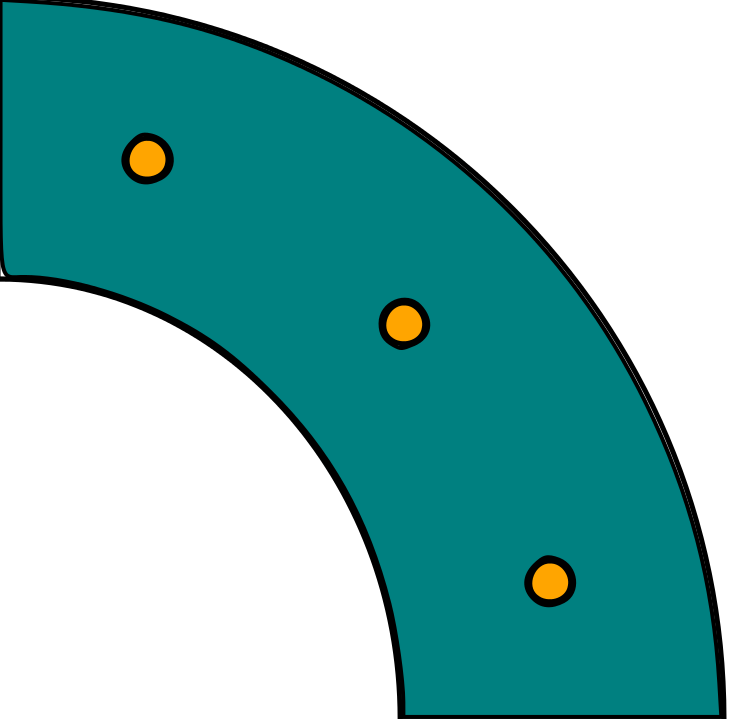Smoke is originated due to Unburning of fuel for fuel to combust three variables are important
Air (Oxygen)
Fuel Source (Jet Fuel)
Ignition source (igniters)
Generally speaking, there are five major types of emissions from gas turbine engines: smoke,
carbon dioxide (CO2),
carbon monoxide (CO), unburned
hydrocarbons (UHC), and
nitrogen oxides (NOx).
Smoke is primarily mitigated by more evenly mixing the fuel with air. As discussed in the fuel injector section above, modern fuel injectors (such as airblast fuel injectors) evenly atomize the fuel and eliminate local pockets of high fuel concentration. Most modern engines use these types of fuel injectors and are essentially smokeless.
The most probable reasons for smoke is above 2 (Air intake/Fuel Source) Now there could be another reason i.e lubrication fuel if some how enters the combustion chambers since RD93 is derivative of RD33 engine so we must assume the technology is based on old manufacturing and materials. Since the RD93 has digital and computerised units for diagnosing as well as optimum combustion .
We have seen with the advent of DSI the smoke issue has really decreased from the earlier prototypes .
Now the
The interesting point for smoke at certain performance and RPMs indicates that fuel mixing is not efficient since the combustor is having annular combustor
Annular combustor for a gas turbine engine, viewed axis on looking through the exhaust. The small orange circles are the fuel injection nozzles.
So i guess if the fuel injection nozzles or air flow has to be adjusted automatically with DSI intake the flow of air especially at lower speed is less and in order to compensate the engine drags more fuel ,May be a solid reason of not being fuel efficient engine as well *** less engine life .
As test if possible air intake needs to be control but DSI are fixed so nothing much can happen here
Look at smoke at slower speeds and how engine is adjusting to compensate for combustion












